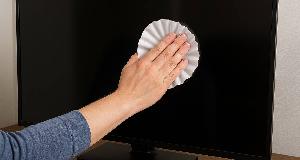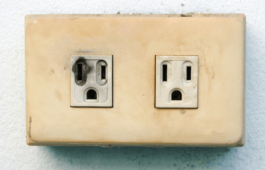8 Home DIY Projects That Will Improve Your Handyman Skills
Embracing DIY projects at home isn’t just about saving money; it’s a journey towards self-reliance and creativity. When you decide to pick up a tool and tackle a task, you’re taking control of your home environment, learning new skills, and maybe even discovering a new hobby.
By demystifying the process of common household repairs and enhancements, this guide ensures that everyone can participate in the gratifying world of DIY. Starting with the basics, the guide gradually introduces more complex tasks, ensuring you build your skills progressively.
Essential Tools and Materials For Home DIYs
Embarking on a DIY project can be an exciting endeavor. Before diving into your project, it’s crucial to gather the essential tools and materials. Start with the basics: a good quality hammer, a set of screwdrivers, a tape measure, and an adjustable wrench are must-haves in your toolkit. Additionally, depending on the task, you might need specific items like a drill, a saw, or a set of pliers. It’s also wise to stock up on consumables like screws, nails, and glue, which are commonly needed in many projects.
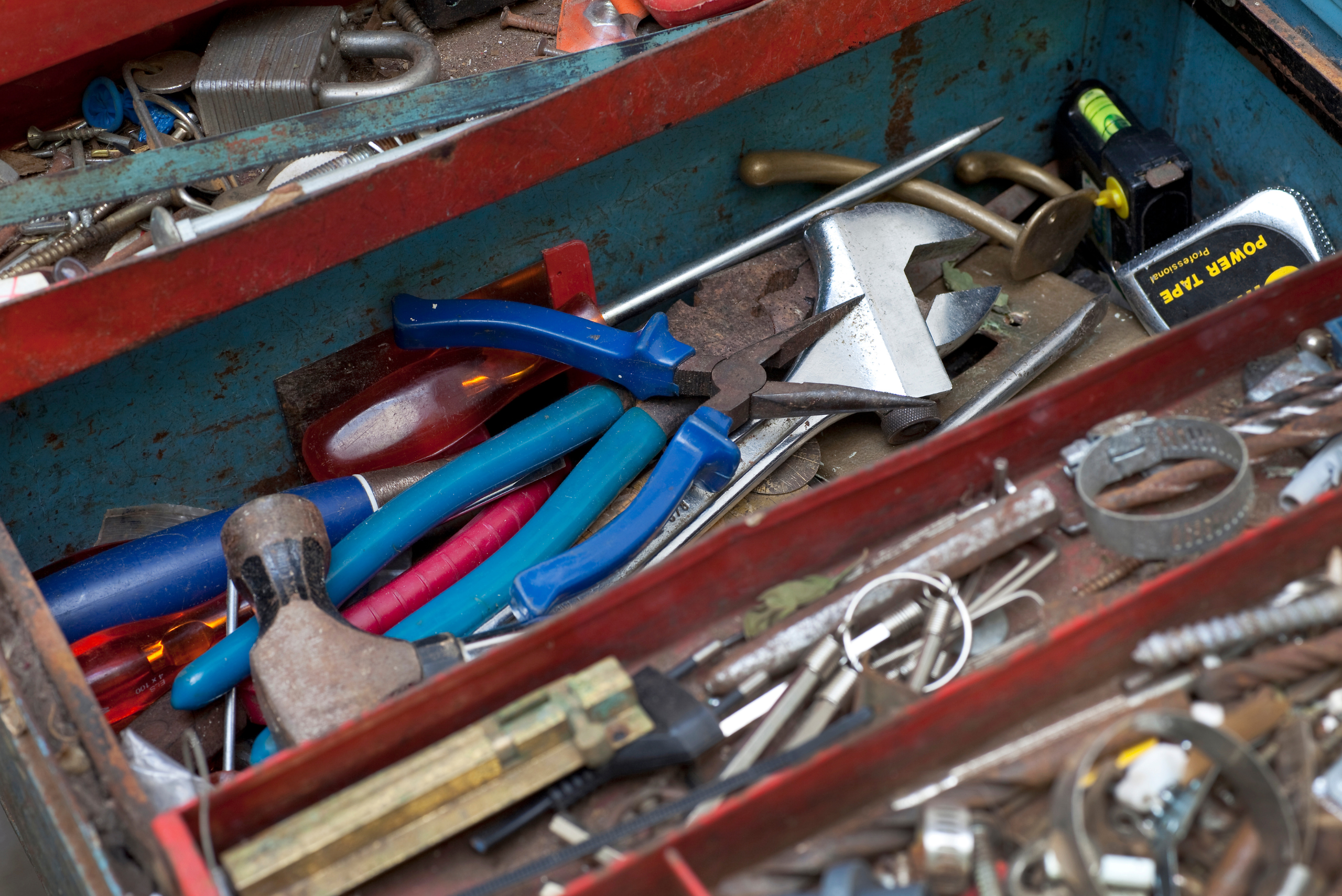
As you plan your DIY projects, consider the materials you’ll be working with. Whether you’re dealing with wood, metal, or plastic, understanding the properties of these materials can help you choose the right tools and methods for handling them. For instance, if you’re planning to work on a woodworking project, ensure you have the right type of saw and wood-specific drill bits. Keeping your workspace organized and ensuring that you have a good understanding of the task at hand will not only make your DIY project more enjoyable but also safer and more efficient.
Mastering Basic Repairs – Fixing Leaks and Squeaks
When it comes to mastering basic repairs around your home, understanding how to address common issues like leaks and squeaks can drastically enhance your living environment. A leaky faucet or a creaky floorboard might seem minor, but these nuisances can lead to bigger problems or higher utility bills if left unattended. For leaks, the first step is to identify the source. Often, tightening a connection or replacing a worn-out washer can solve the problem. It’s helpful to have a basic toolkit handy, which includes items such as a wrench, plumber’s tape, and replacement washers.
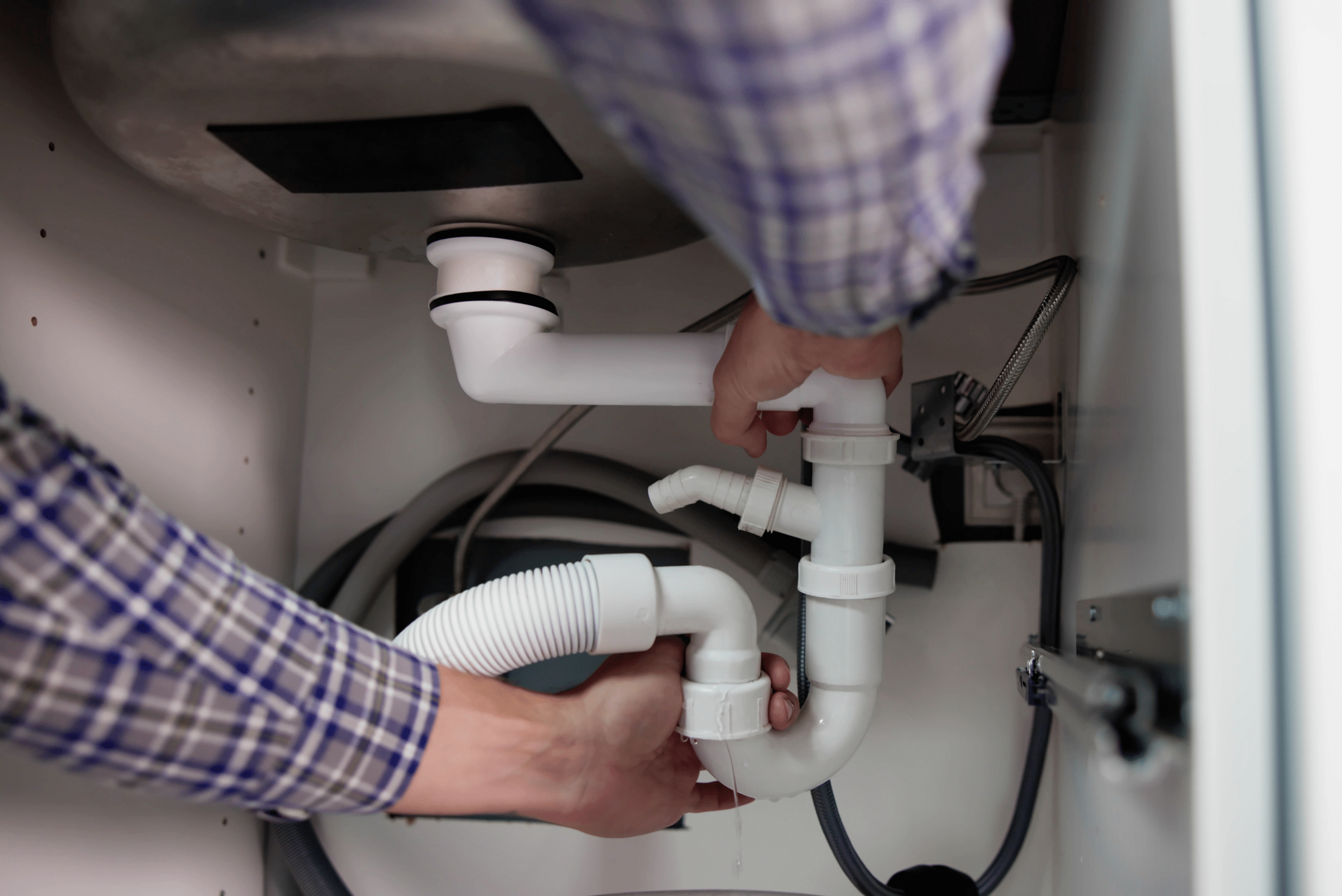
Squeaky doors and floorboards are another common annoyance that can usually be fixed with simple DIY solutions. For squeaky doors, applying some lubricant to the hinges often does the trick. If you’re dealing with a squeaky floor, a bit of talcum powder rubbed into the seams can reduce the friction causing the noise. Both fixes are quick, cost-effective, and can make your home feel more maintained and serene.
Refresh Your Walls – Painting Techniques and Tips
When it comes to revitalizing your living space, refreshing your walls with a new coat of paint can make all the difference. Start by choosing the right type of paint; matte finishes are great for hiding imperfections, while glossier finishes reflect light and make a room feel brighter. Before you begin, ensure the wall surface is clean and smooth, and apply a primer if you’re making a drastic color change.

Using the right tools can significantly enhance the outcome of your paint job. Invest in high-quality rollers and brushes to achieve professional-looking results. When applying paint, start from the top of the wall and work your way down, maintaining a wet edge to avoid streaks and lines. For corners and edges, use a smaller brush for better control and precision. Remember, patience is key—allow ample drying time between coats, and don’t rush the process.
Woodworking Wonders – Creating Simple Furniture
Embarking on DIY woodworking projects can be both satisfying and practical, especially when you have the right guide at your disposal. For beginners, starting with something as functional as a wooden coffee table or a basic bookshelf can provide a sense of accomplishment along with a personalized touch to your home décor. These projects don’t require complex tools; with just a saw, hammer, nails, and some sandpaper, you’re well-equipped to start.
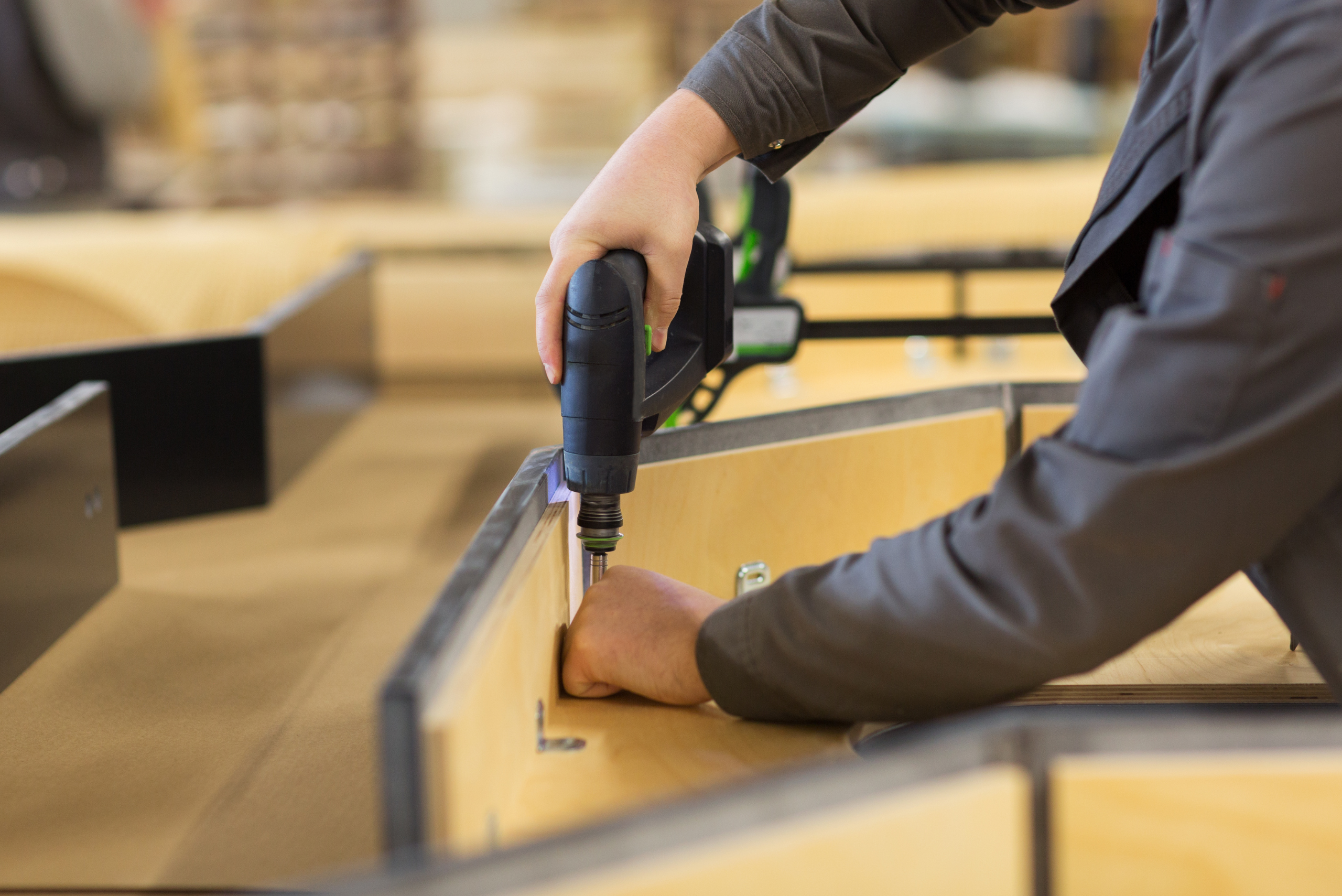
Moreover, it’s important to choose the right type of wood and understand its properties, which ensures the durability and quality of your furniture pieces. Pine, for example, is a softwood that’s easy to work with and great for staining, making it ideal for indoor furniture projects. However, you will want to opt for hardwood if you are looking for the most durable option, but it will be harder to work with than pine.
Lighting Upgrades – Switching Fixtures and Installing Dimmers
Replacing outdated or malfunctioning fixtures not only brightens your space but also offers a chance to modernize the look of any room. Moreover, installing dimmers can create a customizable ambiance, allowing you to adjust lighting levels to suit any mood or occasion. With a few basic tools and some safety precautions, these upgrades can be simple yet impactful ways to enhance your home’s interior.

Before you dive into the task, make sure to turn off the power at the circuit breaker to avoid any electrical mishaps. Once safety is secured, removing the old fixture generally involves unscrewing a few mounting screws and disconnecting the wiring. When installing the new fixture or dimmer, always follow the manufacturer’s instructions closely. For dimmers, it’s important to ensure that the new switch is compatible with the type of bulbs you are using to prevent flickering or reduced bulb life.
Tiling Made Easy – Laying Tiles for Floors and Backsplashes
Tackling a tiling project might sound daunting, but with the right approach, it can be straightforward and rewarding. The first step is choosing the right tiles. Ceramic tiles are popular due to their durability and range of designs. Make sure to measure your space accurately and buy extra tiles to account for any mistakes or cuts.
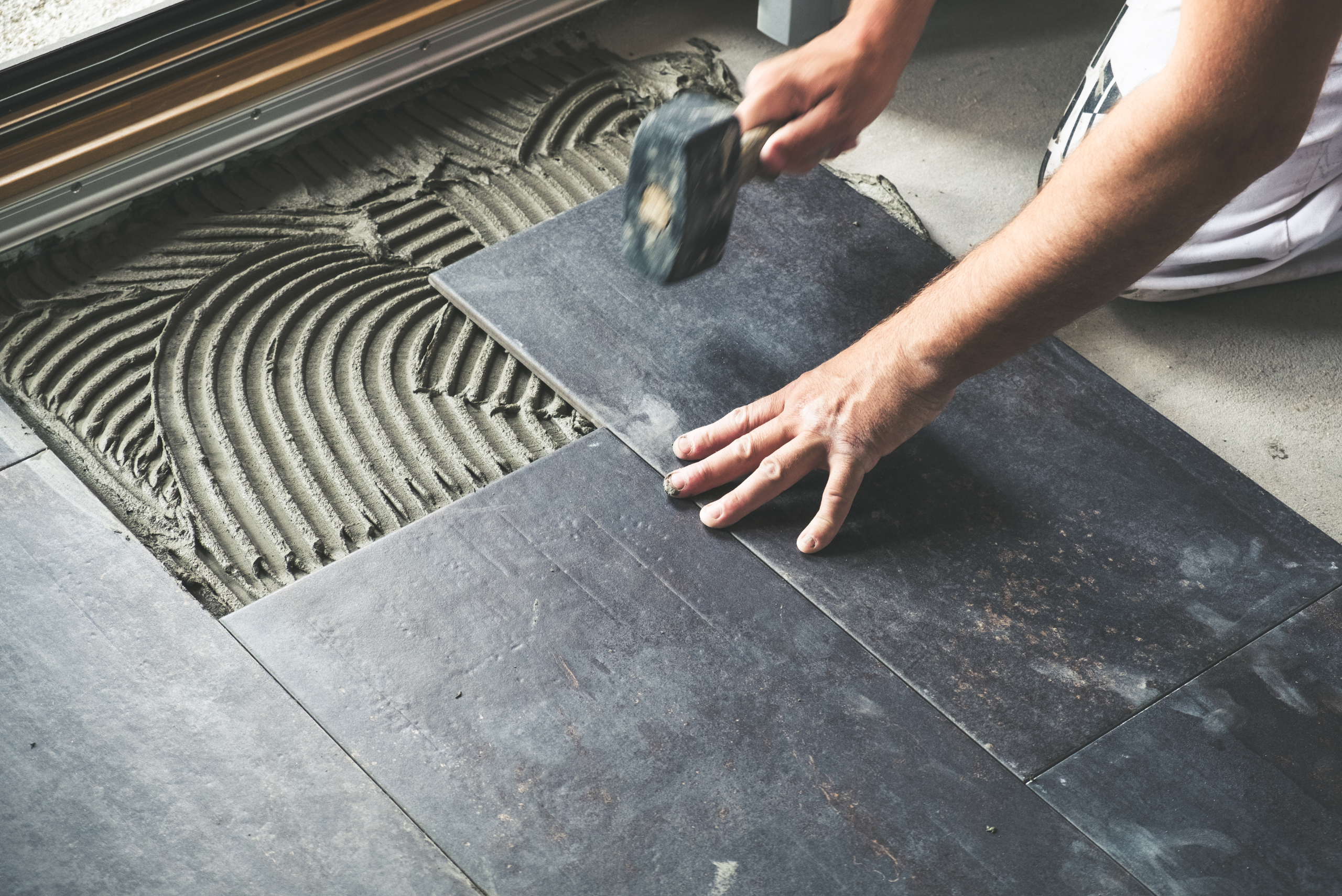
Once you have your tiles, the real fun begins. Start by preparing your surface, ensuring it’s clean, dry, and level. Apply a thin-set mortar, and carefully lay your tiles using spacers to keep your lines even. For backsplashes, you might consider using a tile adhesive for a simpler application process. After placing all the tiles, allow the adhesive to set before grouting. Choosing a grout that complements your tiles can enhance the overall look of your project.
Gardening and Outdoor Improvements – Deck Maintenance and Planting
Maintaining your deck and keeping your garden vibrant are essential parts of home upkeep. When it comes to deck maintenance, start by giving your deck a thorough inspection to identify any loose boards or protruding nails that need attention. It’s important to address these issues promptly to maintain the safety and aesthetics of your outdoor space. Cleaning your deck with a suitable deck cleaner can remove dirt and prevent the buildup of mold and mildew, which are common in humid environments.
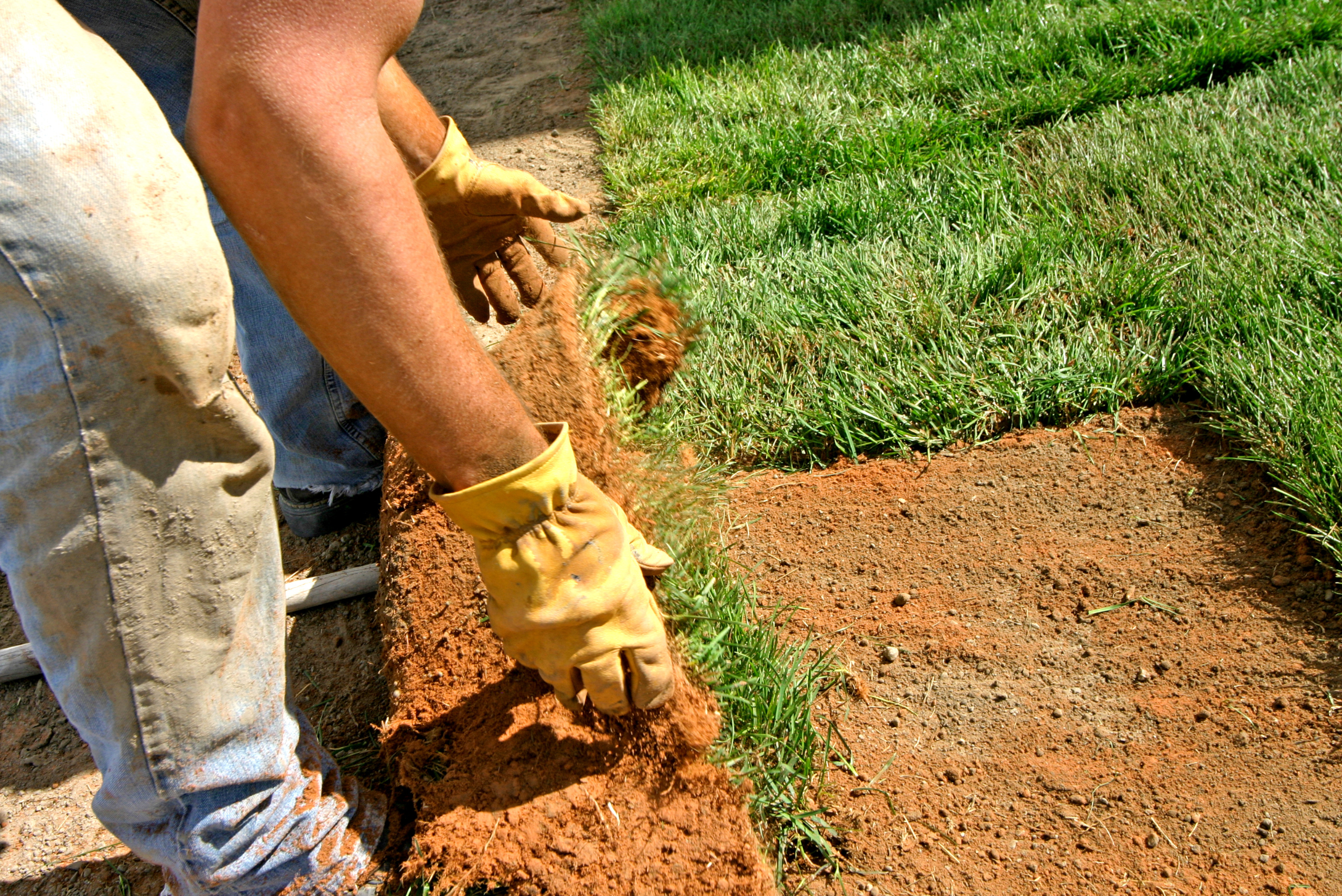
In the realm of gardening, choosing the right plants can transform your outdoor area into a lush retreat. Consider the specific climate and exposure of your garden when selecting plants to ensure they will thrive. Incorporating a mix of perennial and annual plants can offer a year-round display of color and texture. Regular watering and fertilizing, tailored to the needs of your chosen plants, will help them flourish.
Organizing Your Space – Storage Solutions That Work
One brilliant idea for organizing your space is to use vertical space for storage solutions. Consider installing floating shelves or tall, narrow cabinets that draw the eye upward and make the room feel larger. This approach not only keeps your belongings neatly organized but also decorates your walls stylishly. Utilizing spaces such as the backs of doors or areas under the bed can also provide extra storage without cluttering visible areas.

Another great tip from the guide is to use storage containers that double as furniture. A classic example is an ottoman with built-in space for linens or seasonal clothing. Similarly, benches with storage compartments at the entryway can hold shoes, hats, and other outdoor essentials, keeping them out of sight yet easily accessible. This strategy keeps your home tidy and functional while ensuring that every item has its place. By rethinking how and where you store things, you can significantly enhance the usability and aesthetics of your living space.
Preventative Home Maintenance – Keeping Your Home in Top Shape
Keeping your home in excellent condition not only ensures a comfortable living space but also helps in maintaining its value. Regularly checking and cleaning your gutters, for instance, prevents water damage which can lead to costly repairs. Seasonal checks on your HVAC system are also crucial to ensure it runs efficiently, keeping your energy bills in check and avoiding unexpected breakdowns.

Another essential aspect of home upkeep involves monitoring the integrity of your roof and windows. Small leaks or cracks can quickly become larger issues if left unattended. By applying sealant to any gaps and replacing damaged shingles promptly, you safeguard your home against water damage and insulation problems. Regularly painting and sealing exposed woodwork like decks and trim also helps to prevent decay and keeps your home looking fresh and well-cared for.
Related Articles
- 13 Beginner-Friendly Outdoor Woodworking Projects
- The Complete Guide to Basic Woodworking Tools
- Best Types of Wood for Beginner Woodworking
Looking forward, consider setting a schedule for regular home maintenance to keep your living space in top condition. This routine can include checking for updates in the guide or online resources for fresh ideas and techniques that can enhance your skills further.
Engaging with community workshops or online forums can also provide additional support and inspiration. As you progress, you might find that sharing your own experiences and tips could help others embarking on their DIY adventures. Remember, every task completed adds a personal touch to your home, making it even more special.


